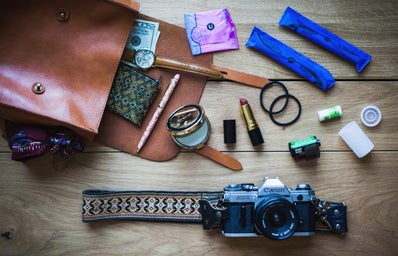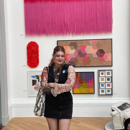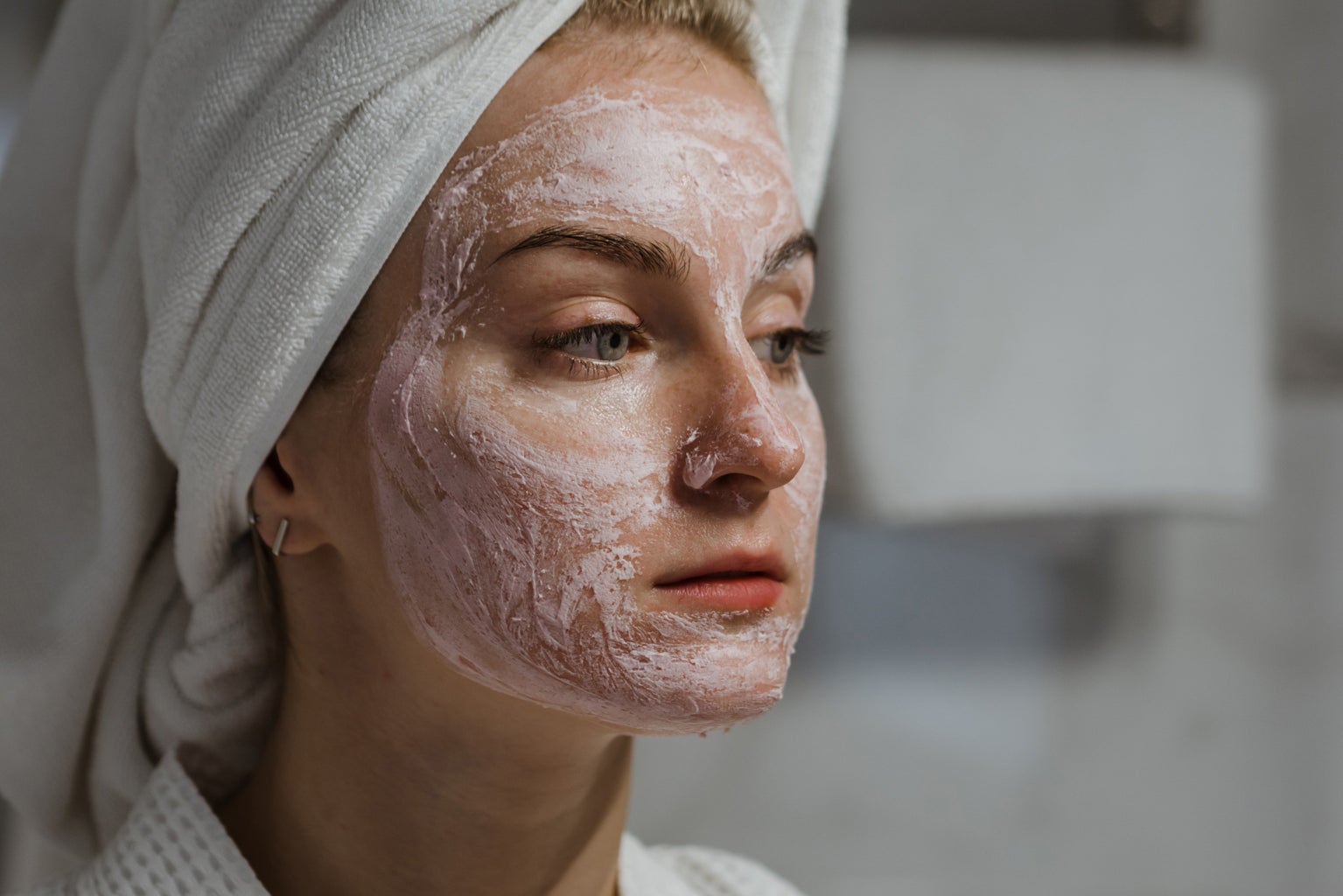Beauty is pain is a phrase most girls grew up with. Perhaps that is what makes us so susceptible to beauty trends that really just make us suffer. Writing this, I looked at some of the most harmful beauty trends through history, and asked myself whether we are just repeating our mistakes.
It’s relevant to consider where these beauty trends are coming from – who are we trusting with our health? If Paper Mag recommends top ten snail slime face masks in a palatable infographic (with options from £7 to £375), does that offset our internal disgust? Generally, the biggest influences in our looks and style in all time periods are the rich. In most of recorded history, this was royalty.
Cleopatra is almost always shown in full colourful makeup. As the figurehead of the late Egyptian empire, and the last Pharaoh, she would have had widespread influence. Seeing her, other Egyptian women would copy. Ancient Egyptian makeup came in three main colours, none without their risks: black kohl, often made with a mix of carbon, lead sulphide and animal fat, green eyeshadow made of malachite (a sometimes toxic copper ore) and red blush/lipstick, made from either red ochre or red lead. These colours and their placements are essentially key to modern makeup, too – we saw the pain that these women went through and yet continued to emulate it.
By the time of the renaissance, beauty standards had changed a little. Since learning about it in primary school, most of us have been desensitised to the true horror of face-whitening experiences. In 2022, scientist McNeill experimented on pigskin to determine how harmful lead really is to the skin. She found that the vinegar and lead mixture which Elizabeth herself used was the most toxic, with the most lead passing through the protective barrier of skin. When faced with skin-damage, women inevitably just used more lead to cover it up in an endlessly damaging spiral. It wasn’t just lead, though, that gave post-renaissance women the desirable tuberculosis look, bloodletting eels and radium baths contributed, too. They could not avoid getting sick, so they chose to romanticise it.
In the 1800’s, an even more trustworthy source was providing dangerous information- doctors stepped in recommending arsenic. While they may lack the influence of the royals, the qualification made people like ‘Dr Mackenzi’ seem reliable, and therefore they tried his ‘medicated’ arsenic soap, or alternatively Dr Campbell’s ‘safe’ arsenic complexion wafers. Arsenic is also a nail treatment ingredient in Toilet of Flora, and features in in Arnold J Cooley’s 1866 book The Toilet and Cosmetic Arts in Ancient and Modern Times in tooth cement, cosmetic wash and hair dye recipes. We tend to assume that published books contain some level of fact-checking, when this is often not true, especially if they can profit off of the inaccurate information.
In the modern era, books have been replaced as a first port of call by social media. Sarah Gabriele claims that a recent survey showed that almost 1 in 5 Americans now turn to TikTok before their doctor for health advice. Self proclaimed skincare professionals have increasingly unnecessary and expensive advice – look back to the snail slime. Or, just like the Elizabethans, they suggest skin remedies that do more harm than good. Last year, one TikToker shared that her trick for curing acne is crushing up aspirin into a powder, adding water until it’s a thick paste and applying it to her face as a mask for 15 minutes. Although this can actually be really bad for your skin, her substantial audience makes the advice seem legitimate.
The pursuit of thinness haunts the modern woman just as it haunts women of the past, and we still put ourselves in pain to attempt to achieve it. Waist-constriction devices are a trend which we have not learned the dangers of. Although corsets are often poked fun of in modern media for being uncomfortable, we do not see the irony in buying waist-trainers to achieve the same purpose. Is it because we see people like the Kardashians wearing them, just as the richest women in past centuries had portraits painted in corsets?
Similarly, keto or fasting diets are advertised as based on ‘science’, just as tapeworms descended into Victorian women’s stomachs were. Speaking of the Kardashians, I’m sure Khloe has suggested getting herself a tapeworm to lose some weight, despite the FDA’s total ban on them. Sure, on the way in it’s just a pill, but it’s a little more difficult to get out, and can result in diarrhoea, choking or even death.
Ultimately, all of us suffer a little bit to try and look good, but maybe check where the advice is coming from before putting yourself in real danger.



